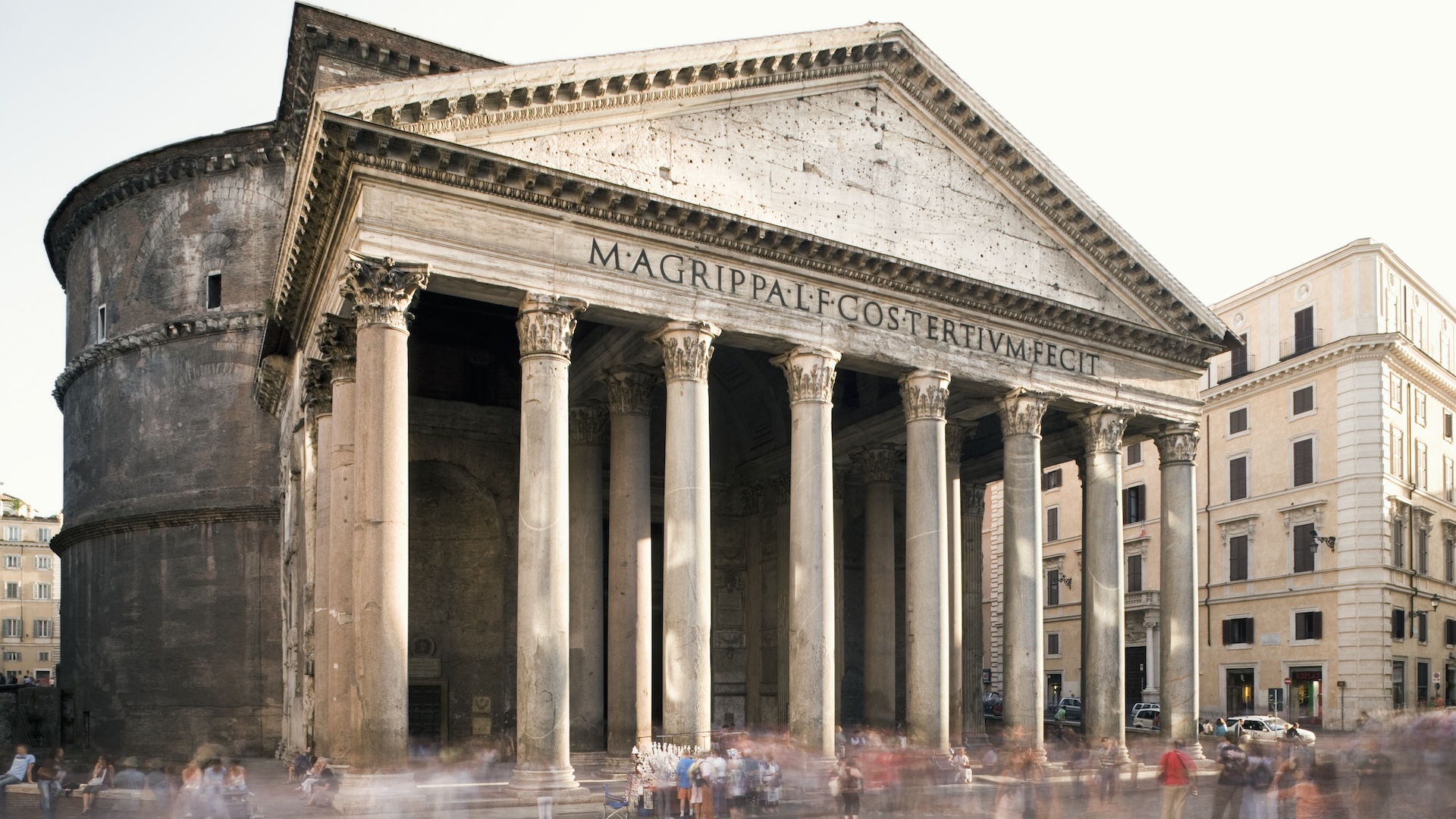When you purchase through links on our site , we may earn an affiliate delegacy . Here ’s how it turn .
Thousands of days ago , a person was cleaning out a well in Roman Spain when one of their leather sandals slipped off their base . Now , 2,000 year later on , archaeologists have found the well cleansing agent ’s missing shoe .
Archaeologists made the uncovering this summertime while excavating a Roman settlement in northern Spain known as Lucus Asturum ( modern - day Lugo de Llanera ) . With the helper of a pulley system , research worker safely accessed the depth of the stone - line well , finding the elaborately decorated Roman sandal submerged in clay about 10 feet ( 3 metre ) below background point , according toEl País , a daily newspaper in Spain .

The Roman sandal discovered at the bottom of a well in Spain.
researcher were impressed with the shoe ’s craft and level of detail , especially on its sole , which is " adorn with a profuseness of circles , loop-the-loop , ovals and other motifs and is made of a dark brown leather,“Esperanza Martín Hernández , the principal archeologist at Dolabra Arqueológica who led the excavation , told Live Science in an e-mail . " The front of the brake shoe evidence the negative stitching . "
Related : Landslide let on 2,500 - year - sure-enough ' richly adorn ' gold necklaces in Spain
Thanks to the well ’s abundance of clay , the sandal was well preserved , which is a peculiarity in this part , particularly for an item made of organic materials such as leather .

A view looking down into the well where the sandal was discovered.
" In [ Spain ] and in the rest of theRoman Empire , it is really rare to find the destiny for the saving of constituent material in such proficient condition , " she said . " In this case we are dealing with a well for the weewee consumption of a private menage , and the reason for its splendid conservation is due to the anaerobic province of the repository . All the constituent materials have remained intact for 2,000 years thanks precisely to this lack of oxygen . "
During the first and 2d C A.D. , Lucus Asturum was know as a communication hub and administrative center and was also where the Greek uranologist , mathematician and geographer Ptolemy wrote his seminal work " Geography , " according to El País .
Other celebrated artifacts found in the well included ceramic jars , seeds , junky , plate , a small metal hoop , a necklace , beads and a bronze vessel , Martín Hernández said .

— 1,700 - yr - old sandal encounter on a remote mountain in Norway
— ' Outstanding ' 2,200 - year - quondam fry ’s skid discovered deep underground in Austrian mine
— Cup crafted from prehistorical human skull discovered in cave in Spain

" We were also golden enough to recover several of the theatre ’s landfill sites , so that we now have a complete noesis of its household commodity : glass crockery , Gallic and Hispanic sigillata [ tableware ] , ok South Gallic slender - walled - clayware , refractory bag , common merchandise , local ceramics , jewelry , coin and working puppet , " she said . " In short , almost everything that allows us to make a good Reconstruction Period of what this house must have been like in the former royal flow . "
Although archaeologists do n’t yet bonk who the accurate inhabitants of the home were , Martín Hernández thinks that " we are deal with masses with a gamy level of purchasing power , as the materials we are recovering show a gamy stratum of commerce . "
















